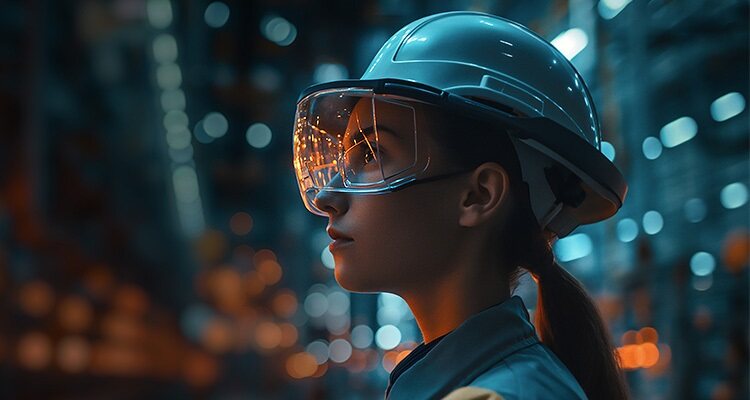
Driving Sustainability in Product Development
In an era marked by heightened environmental awareness, consumers are increasingly prioritizing sustainable products. The urgency for manufacturers to adopt environmentally sustainable practices is not only driven by consumer demands but also by brands’ needs for innovative ways to expedite product launches, engage with customers, and enhance product quality and delivery. In fact, recent research statistics from McKinsey reveal that around $30 trillion in corporate revenues in the next five years will depend upon products that have not yet reached the market. New and innovative products that get to market faster are set to capitalize on this opportunity, providing they meet the sustainability demands of consumers.

The ongoing digital transformation has played a pivotal role in shaping these imperatives. Consumers want and expect to see new products from their favorite brands across all sectors and emerging creative tech solutions are offering diverse approaches to rapidly create, test, and iterate new product ideas sustainably. The marked shift in consumer and brand preferences, coupled with regulatory demands, is exerting substantial pressure on manufacturers to embrace sustainable practices urgently.
So, how can manufacturers tackle this challenge effectively?
The convergence of CGI, virtual sampling, game engines, and AI is reshaping traditional product development concepts. Can organizations leverage these technological solutions to not only enhance product development processes sustainably but also craft compelling product narratives? Moreover, what factors should be considered when selecting the appropriate technology and tools for the job?
The road to sustainability
As consumers increasingly make environmentally conscious choices, brands must adapt to stay relevant. In recent years, various studies have found that people prefer to buy, and ultimately purchase, from sellers who prioritize sustainability. This growing demand presents a remarkable opportunity for manufacturers to gain market share and foster customer loyalty through the implementation of sustainable practices.
Product development plays a crucial role in achieving this objective, necessitating changes in processes. The introduction of virtual sampling technology is pivotal in addressing the challenges of change management in this process. Importantly, virtual sampling reduces the environmental impact of the product development process by diminishing the need for physical samples, reducing the waste and environmental repercussions associated with iterative physical prototype sampling and transportation between suppliers and design teams.
A view to sustainable product development
While virtual samples do not entirely replace the need for physical counterparts, they significantly reduce the time and cost involved in design processes that create them. Digital workflows expedite the early stages of the design process, allowing for more virtual iterations to be created efficiently. This method enhances collaboration between different teams from the brand side and supply chain, irrespective of their locations. Real-time collaboration on the same digital sample minimizes delays and can accelerate the development stage by weeks or even months.
Virtual sampling also facilitates the creation of assets for a more immersive and engaging product experience, elevating storytelling capabilities. For instance, 3D models can showcase internal and external technical features in ways not feasible with traditional physical samples.
Ensuring the accuracy and quality of virtual samples requires collaboration across the supply chain, including suppliers using digital tools to review and approve virtual samples before production. This guarantees accuracy in relation to the virtual sample and the final physical product, thereby minimizing the environmental impact during the iterative stages of product development.
The product tells the story
Captivating product stories enhance engagement and drive sales. While virtual sampling speeds up product development, broader trends in visual storytelling and immersive experiences, empowered by the digitization of product design, have the potential to further enhance the customer experience, increase engagement, and close the customer journey loop.
The rapid evolution of these technologies necessitates strategic application at the right time and in the right place. This can accelerate product and process visualization, reduce waste, and generate highly engaging content and experiences. With the right strategy, organizations can develop products faster and more sustainably. Delivering outstanding experiences for customers and driving business growth. ■
For a list of the sources used in this article, please contact the editor.
Toby Roberts
happyfinish.com
Toby Roberts is President and COO at Happy Finish US. With global studios in five locations, Happy Finish is a global creative tech production agency working at the intersection of content design, emerging technology and immersive storytelling.
From a single image to integrated global campaigns, from digital product twinning to interactive experiences, from virtual production to the metaverse, Happy Finish offers a range of integrated, technology-driven creative services for consumer and enterprise brands.